Central Air Source Heat Pumps
Connect your ductwork to a cleaner and comfier source for heating and cooling.
Say goodbye to furnaces that burn dirty fossil fuels and hello to cleaner comfort. These heat pumps use the ductwork in your home to give you 2-in-1 heating and cooling that keeps you comfortable year-round. You can also add mini-split heads as an option for even better zoned temperature control, or in areas that don’t have ductwork.
Cold-climate heat pumps efficiently keep your home comfortable all year long. They use proven technology to transfer energy from the outdoor air to keep your home warm during the winter and extract heat from your home during the summer to provide cooling.

Combine heat pumps with weatherization upgrades for a more efficient and comfortable home.
Learn More about Central Air Source Heat Pumps
Dollars & Sense
- Rebates: NYS Clean Heat helps you save money on your heat pump purchase.
- Federal tax credits: Cover 30% of the cost for your project, up to $2,000 per year.
- Low-interest loans: Get loans starting at 4% to help finance your project.
- If you heat with oil, propane, or electric baseboards, switching to a heat pump will lower your heating bills.
Benefits & Considerations
- Efficiency: Up to 3 times more efficient than traditional fuel or air conditioning systems.
- Comfort: Gentle, steady streams of warm (or cool) air keep you comfortable — even on the hottest summer days and the coldest winter nights.
- Convenience: Less maintenance, fewer service calls, and no fuel deliveries — and stop lugging those window air conditioners in and out every season.
- Health & Safety: No combustion or storage of fossil fuels like oil, propane, or natural gas. This eliminates the potential release of carbon monoxide and improves your home’s air quality with added filtration.
Questions for Your Contractor
- Are you a NYS Clean Heat participating contractor with my electric utility?
- What size system do I need? Will I need more than one outdoor unit? Ask for room-by-room heating and cooling calculations.
- Can the heat pump you are recommending sufficiently heat my home, or is an additional system needed?
- Is the heat pump you are recommending on the Northeast Energy Efficiency Partnerships (NEEP) cold-climate product list and on the Consortium for Energy Efficiency’s (CEE) most efficient tier for the North/Canada region? In order to qualify for the NYS Clean Heat rebates and federal tax credit, the heat pump must be on both lists. Note: It is reasonable to ask your installer for a copy of the spec sheet from both websites.
- What mix of ducted air handlers and ductless “heads” will work best in my home?
- What are my best placement options for the outdoor unit(s)?
- How long will installation take? Where and when will you need access?
- Will I need to update my electric service?
- What maintenance is required? How often should I clean or change air filters? Is annual service needed?
- What is the expected lifespan and warranty?
- How can I make any additional upgrades to my home, such as adding insulation or air sealing, to prepare for a heat pump? Do you have an insulation contractor I can work with?
Find a qualified contractor to help you with your project.
Frequently Asked Questions
Do heat pumps work effectively in cold climates?
There are a lot of myths out there about the reliability of heat pumps. However, these myths come from outdated information. Today’s cold-climate air source heat pumps are not the same heat pumps from the past. Modern, high-efficiency cold-climate heat pumps can reliably meet 100% of your heating and cooling needs, even in New York winters.
How much maintenance is required on heat pumps?
Heat pumps require minimal maintenance and eliminate the hassle of scheduling fuel deliveries — and there is no worrying about unpredictable fuel costs. They also last longer than standard heating and cooling systems.
How will I heat and cool my home when the power goes out?
When it comes to heating or cooling your home during a power outage, heat pumps are no different than any other heating and cooling system. Most heating and cooling systems need electricity to start — so when the power goes out, they don’t work either. The good news is that a well-insulated home will maintain a consistent temperature for hours, even when the power goes out — so make sure your home is properly insulated to help keep you comfortable during outages.
Can a central air source heat pump fully replace my current heating system?
Yes, a central air source heat pump can heat and cool your entire home and replace your existing systems. If you want better control of the temperature in a room, you could add a partial-home heat pump (like a mini-split) to a central air source heat pump system. Talk to your contractor about the system configuration that will best meet your needs.
Heat Pump Planner
Answer a few questions about your home, learn about the types of heat pumps available, and compare your options.
Inflation Reduction Act
Learn how federal tax credits and rebates make this the best time to get a heat pump.
MyEnergy
MyEnergy is New York State’s home energy upgrade planning tool that’s designed to maximize your financial savings, streamline home energy projects, and help you discover the benefits of going electric.
NYS Clean Heat
NYSERDA and New York’s energy companies are partnering to help homeowners save money and energy with financing, rebates, and resources to get a cold-climate heat pump.
Where Heat Pumps Fit in Your Path to a Clean, Efficient, and Comfier Home
Cold-climate heat pumps, including central air source models, are a key equipment improvement on your path to upgrading your home. Make the most of your upgrades when you start by preparing your home, then explore cleaner, more efficient options.
Get Your Home Ready
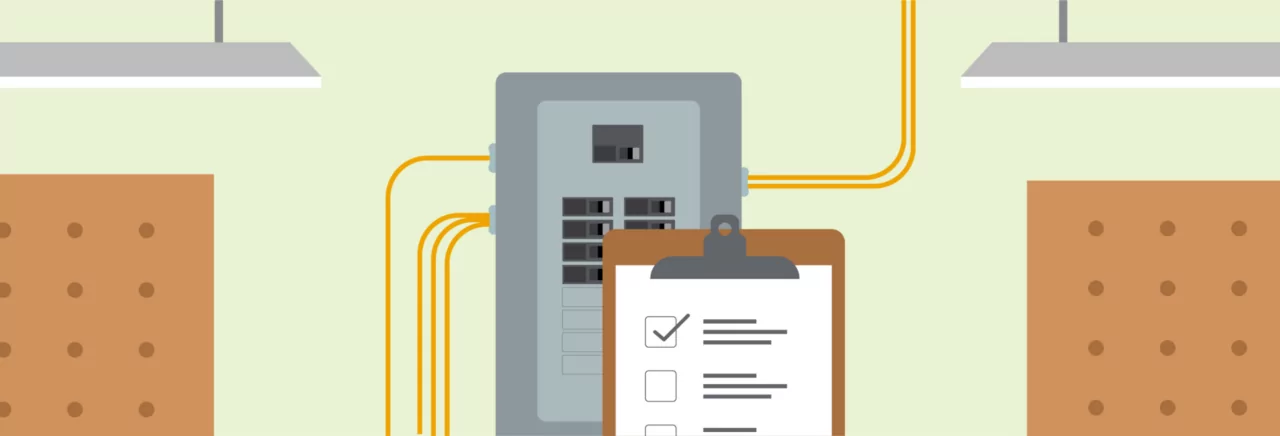
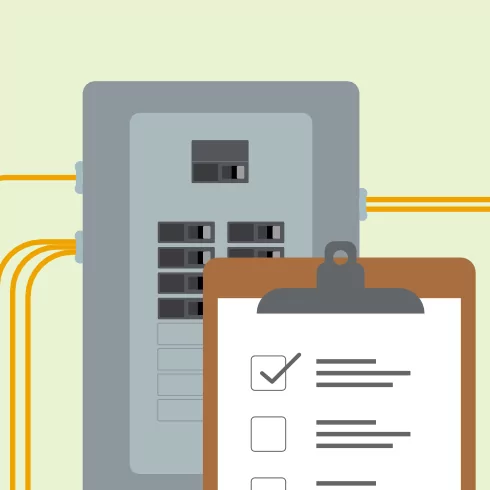
Choose Electric Appliances & Equipment
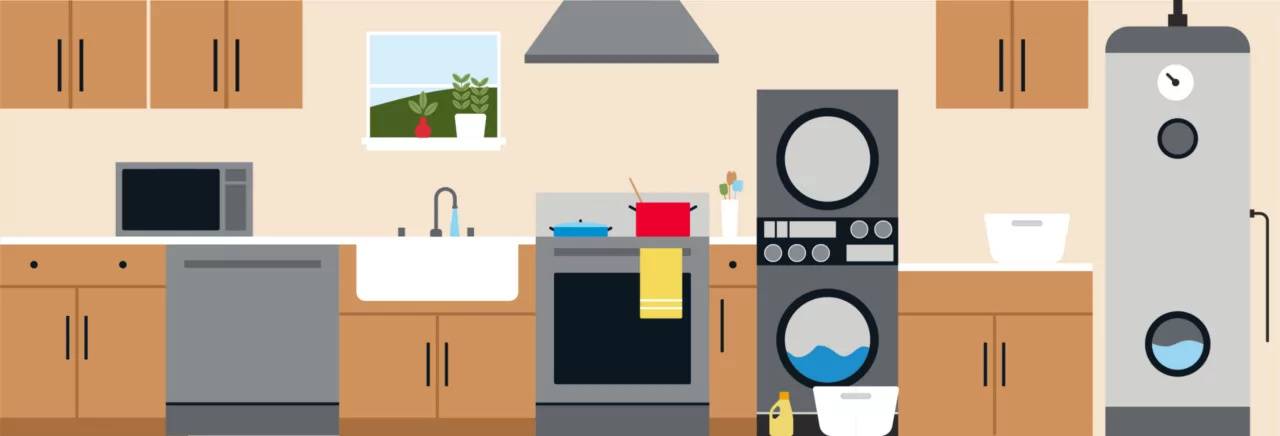
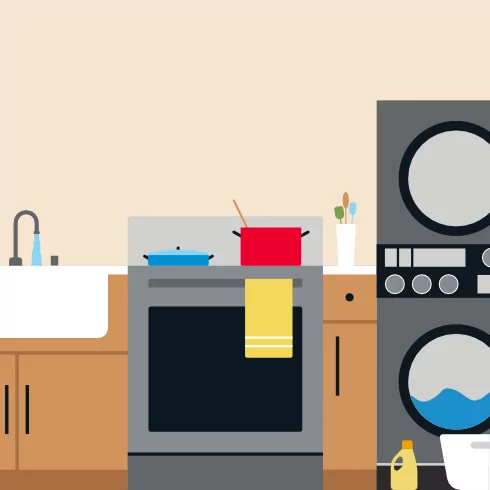
Drive Electric & Go Solar
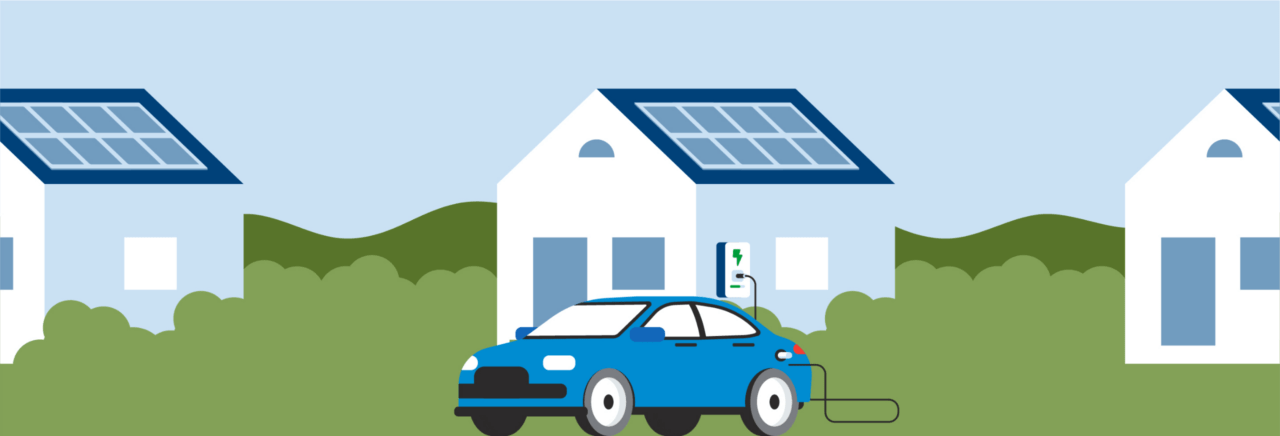
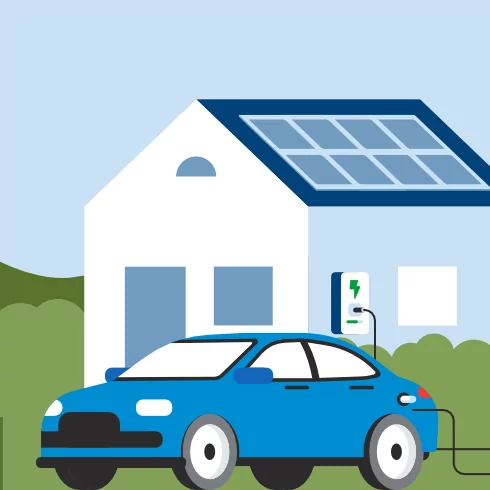
Get Started with a Free Home Energy Assessment
A home energy assessment can help you prepare for a heat pump in the future. You’ll get advice on how to weatherize your home and determine when your current heating system may need to be replaced so that you can avoid a costly and stressful emergency replacement scenario.
